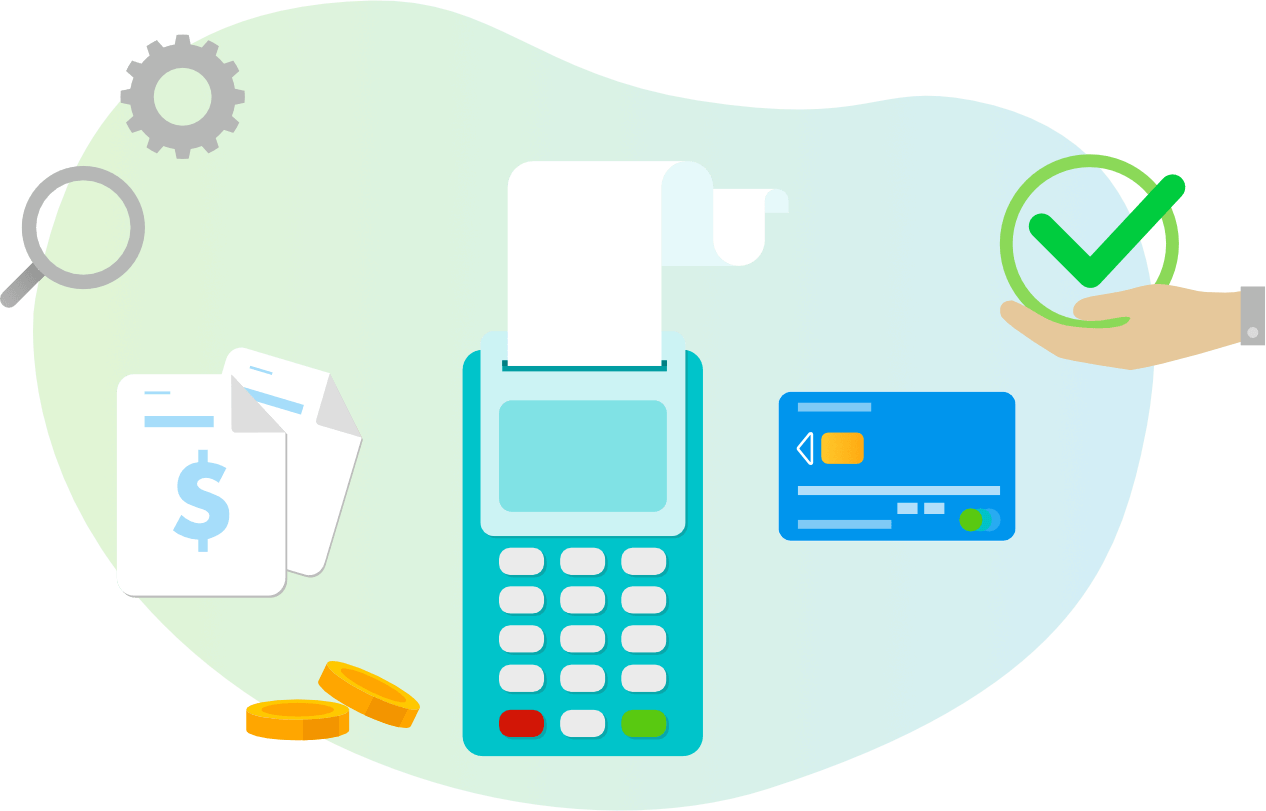Maintaining your biotech lab’s budget is an essential aspect of running a successful and profitable organization. When you adhere to biotech lab budget best practices you can lock down spending, eradicate budgetary bad habits, and increase accountability at your company.
Whether it’s during a time of economic crisis, like the COVID-19 pandemic, or for startup biotech labs with smaller budgets, curbing spend and optimizing lab efficiency while implementing smart processes will help finance and procurement teams stay capital efficient.
Understand Where Biotech Labs Spend the Most
The first step of controlling the spending at your lab is to identify current spend. You can’t create a succinct budgeting strategy if you don’t have a clear picture of how your spending is presently being managed.
BioInformatics found in 2018 that over half of pharma or biotech labs have budgets greater than $1 million and that spending is typically spread across the following categories:
- Cell based analysis
- Genome analysis
- Protein analysis
- General lab equipment
- Cell-based analysis kits and reagents
- Genome analysis kits and reagents
- Protein purification and separation kits and reagents
- Live animals
- General laboratory chemicals, plasticware, glassware and disposables
Driven by COVID-19 induced innovation, R&D spending in the life science industry surged 22% from 2018 to 2019 — a trend that is likely to continue even after the pandemic.
While spending for the majority of biotech labs is allocated over the above categories, it is wise to also budget for the unexpected. Some of the unexpected road bumps that you can budget for include:
- Research errors and delays
- Poor planning or miscommunication with vendors
- Lab supply delays and backorders
- Supply chain issues
Checklist to Manage Spending in Biotech Labs
1. Maintain communication with suppliers and regularly review expenses and supply costs
Take the time to meet with multiple suppliers to ensure you are obtaining the best equipment and supplies, at the appropriate cost. Establish a relationship with your supplier representatives where you will be alerted as early as possible of any changes to schedules or possible issues, so you can plan ahead and avoid delays as they happen. Ensure that your procurement teams stay in contact with your vendors. A delayed shipment can derail an entire quarter’s worth of scheduled experiment time.
Periodically analyze changes in supplier pricing and, when necessary, renegotiate your contracts with them or arrange new terms for payment. Use a lab supply marketplace rather than individual suppliers so you can quickly review the costs of high quantity supplies and get the best deal.
Keep an audit trail to ensure you remain compliant and be prepared for possible audits.
2. Review forecasts regularly and identify potential large spend items before they happen
No matter how thoroughly you plan your budget, there is always an existing possibility that you encounter an unexpected cost. So, you should be prepared for the unexpected. While planning your quarterly budget, allot extra costs for potential large ticket items so you aren’t taken by surprise and left searching in the bottom of your budget to cover the necessary expenses.
Regularly meet with your lab operations team to thoroughly understand their projected spending needs to iteratively craft more accurate forecasts.
3. Update your approval process and create transparent supply approval
To manage your spending, ensure you are working with an updated approval process. Create a clear matix of approval flow and threshold to enable team leaders to authorize essential spend while senior managers or executives are alerted for large expense requests. When you leverage technology for approvals, you save time and money, and are able to catch any outliers or large spend areas.
Your approval process should also be transparent from beginning to end. Develop new financial processes to analyze budget-to-actual variances based on users, accounts, and business units. Give each department at your organization the autonomy to be accountable for their budget. Then, schedule regular meetings with them to analyze variances between the designated budgets and their actual spend.
4. Optimize workflows, set goals, offer access to data, and utilize regular reports to mitigate risk
When your finance and procurement teams both have access to your full spending plan, they can more accurately budget costs for the appropriate suppliers and other costs.
Set and track your organization’s goals. Zoom out until you can see the entire operation of your company. Where are there silos or roadblocks? Are there goals in place that have never been met, or goals that are met each quarter with ease? To reach your organization’s full potential, track each goal and redefine them based on necessity. Then, optimize your workflows in order to meet your new goals.
Managing your data is the key way to mitigate budgetary risks at your organization. By using regular reports, you will be able to identify essential and non-essential expenses. Ask yourself these questions about each cost in your budget:
- Is this a necessary cost?
- If we eliminated this expense, would our bottom line suffer?
- If we eliminated this expense, would employee morale suffer?
5. Use laboratory management software and cloud-based tools
It will be difficult to manage your budget without the right tools. Leverage laboratory management software and cloud-based tools to stay on top of your budget. The best software and tools allow you to manage your lab’s inventory, while managing order requests from members of your lab.
The best laboratory management software and cloud-based purchasing tools:
- Customize and automate approvals for you
- Give you real-time updates on orders
- Send timely notifications to alert approvers of the next step
- Automate three-way matching to verify invoices before they are paid
- Provide you with spend analytics and budget tracking
- Have mobile friendly capabilities





